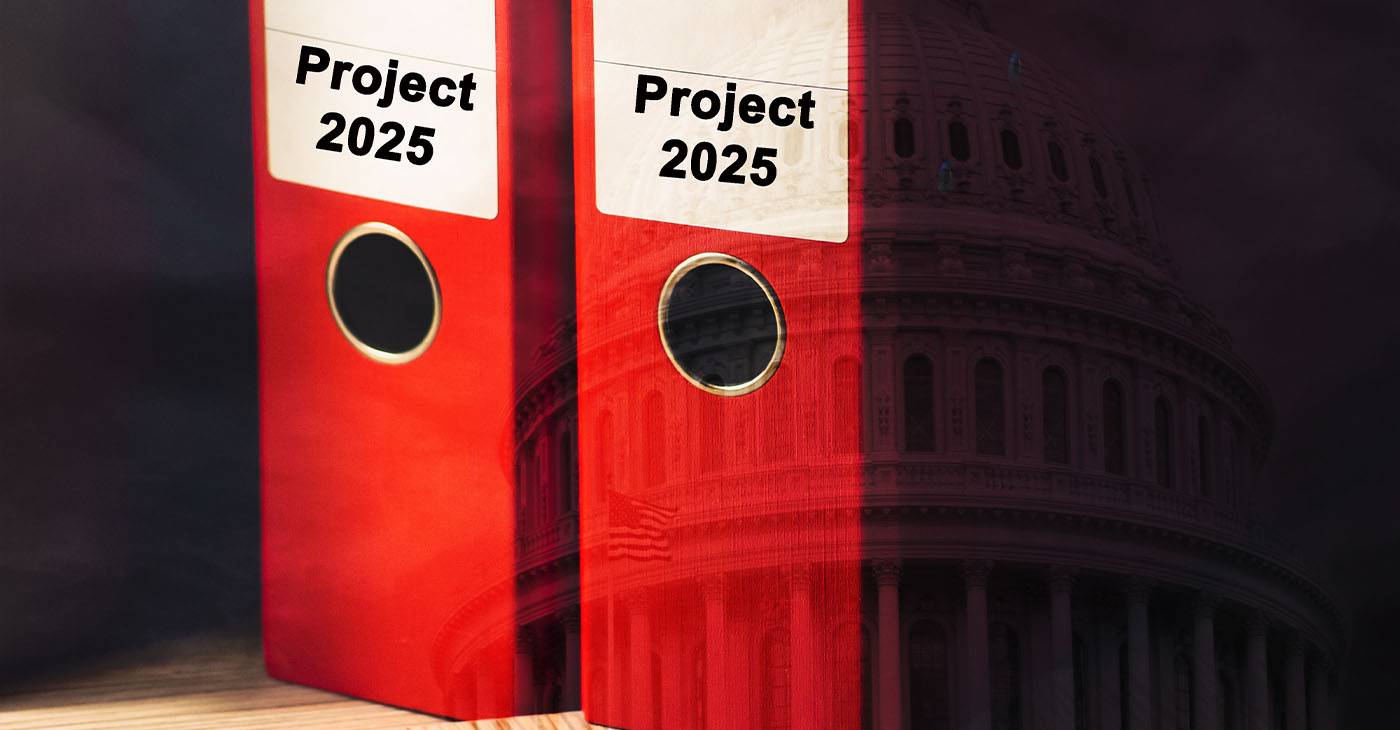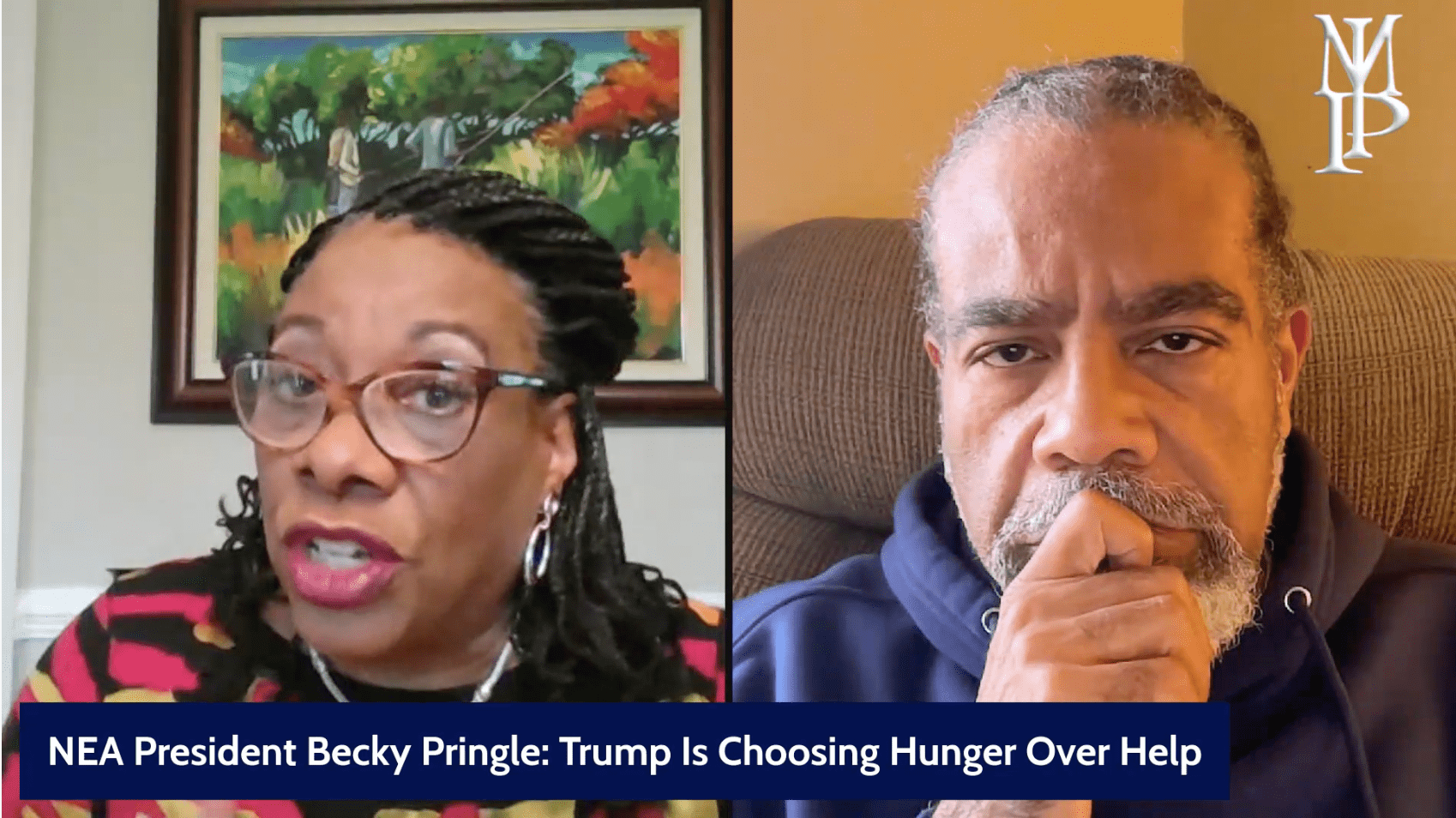As the government shutdown enters its fifth week, a lack of federal economic data has left policymakers and investors grappling with mixed signals of a weakening labor market and rising inflation. All this comes against the backdrop of consistent yet highly segmented economic growth: since the April meltdown, the S&P 500 has rallied nearly 40 percent year over year, cementing its largest monthly gain since 2021.
According to the Conference Board’s latest report, consumer confidence fell for the third month in a row in October, its lowest level since April, when U.S. President Donald Trump’s “Liberation Day” tariffs sent shockwaves through the economy and financial markets.
While consumers’ current attitudes on business conditions inched upward—their impressions of current job availability improved for the first time since December 2024—they also displayed more pessimism toward future job availability and business conditions. We’ve included a more detailed breakdown of these figures in the Wall Street Wrap section below.
In the absence of official government data, the report also offered more insight into the overall health of the labor market. The survey’s much-watched labor market differential, which measures respondents’ attitudes on whether jobs are plentiful or hard to get, inched higher to 9.4 percent from 8.7 percent in September. However, we note that this reading is well below the 22.2 percent to begin the year and the all-time high of 47.1 percent set in March 2022. This ratio historically has an inverse correlation to the U.S. Labor Department’s official unemployment rate, and its deterioration this year suggests that the labor market continues to soften.
As labor concerns have risen, prices have also continued to climb. As noted in last week’s Market Commentary, headline Consumer Price Index inflation data rose by 3 percent year over year in September—well above the Federal Reserve’s 2 percent target.
This odd combination of a softening labor market and rising inflation, coupled with the lack of federal data, has complicated the U.S. central bank’s dual mandate to achieve maximum employment while also taming inflation.
Fed policymakers chose once again to prioritize the job market in their decision to cut interest rates by a quarter point last week to the lowest level in three years in hopes that lower borrowing rates will boost consumer spending and business expansion.
The decision drew two dissidents, however, reflecting the U.S. central bank’s own conflicting views on the economy: one from Fed Governor Stephen Miran, who backed a larger half-point cut, and another from Kansas City Fed President Jeffrey Schmid, who preferred to hold rates steady.
This marked the first time since 2019 that there were clashing dissents, underscoring the tense debate among Fed officials over how to respond to mixed economic messages and Trump’s sweeping trade policies.
“In the committee’s discussions at this meeting, there were strongly differing views about how to proceed in December,” Powell said following the meeting. “A further reduction in the policy rate at the December meeting is not a foregone conclusion—far from it.”
The U.S. central bank chair pointed to the current lack of federal data as a key reason behind this indecision. “We’re going to collect every scrap of data we can find, evaluate it and think carefully about it,” he said. “What do you do if you’re driving in the fog? You slow down.”
Further clouding the economic picture, the Supreme Court will hear the Trump administration’s appeal against lower court rulings challenging the legality of its “international emergency” tariffs on Wednesday. Should the levies be struck down, the economy could soon see another shift in prices, consumer sentiment and the job market.
About the Author:
Brent Schutte, CFA, is chief investment officer of the Northwestern Mutual Wealth Management Company.






